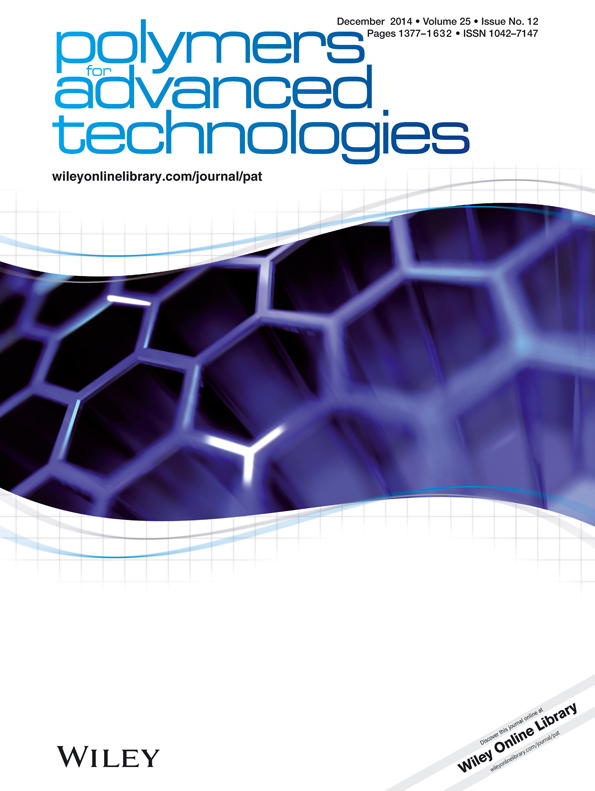Prediction of environmental stress cracking in polycarbonate by molecular modeling
Abstract
Environmental stress cracking (ESC) is a premature failure of a polymer exposed to a fluid, under stress which is much less than its yield stress. Many experimental works were done before in an effort to predict experimentally the ESC potential of a fluid in different polymers. None of the previous works applied molecular modeling techniques to predict this potential so this work is a pioneering work. This study's goal was to apply atomistic molecular modeling techniques to gain a better understanding of the ESC mechanism and to predict the ESC potential of different fluids in polymers. Our model experimental system was amorphous polycarbonate (PC) with water as an ESC fluid. The computational study was expanded to include a high level ESC fluid for PC–toluene and a non ESC fluid–BD, together with the moderate ESC fluid–water. A clear distinction between ESC fluids and non ESC fluids for PC was achieved by means of molecular modeling. The experimental work approved that water is an ESC fluid for PC as predicted in the computational part. Copyright © 2014 John Wiley & Sons, Ltd.




